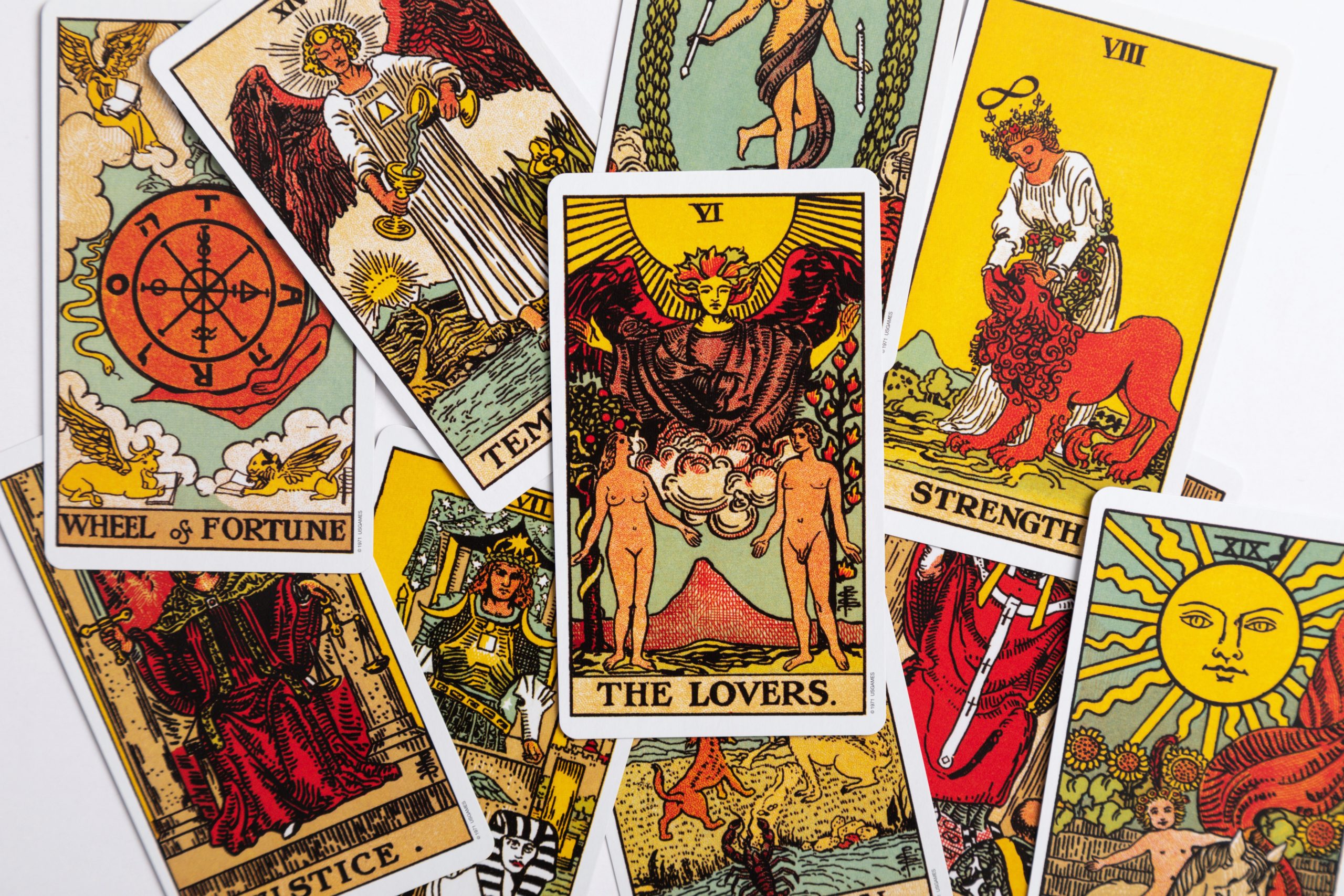Which Hand to Use in Palm Reading: Unraveling the Mysteries
Palm reading, also known as palmistry or chiromancy, is an ancient practice that has fascinated humans for centuries. It involves examining the lines, shapes, and other features of a person’s hands to gain insight into their character, personality traits, and future prospects. However, one common question that often arises among those new to palm reading is which hand to use for a proper reading. In this guide, we will explore the various theories and perspectives on this topic to help you unravel this intriguing mystery.
The Basics of Palm Reading
Before delving into the hand debate, let’s take a quick look at the fundamental principles of palm reading. The practice is based on the belief that our hands provide a unique insight into our lives and personalities, acting as a mirror of our inner selves. Palmists examine the lines, mounts, shapes, and markings on both hands (unless specified otherwise) to interpret the individual’s past, present, and potential future.
Now that we have a basic understanding of palmistry, let’s explore the different viewpoints regarding which hand to use in palm reading.
Right Hand or Left Hand: Two Schools of Thought
When it comes to determining which hand to use for palm reading, two main schools of thought have emerged:
- Traditional Approach: Palmists who adhere to the traditional approach believe that the right hand is the dominant hand for most individuals, making it the hand that reflects the present and future. They argue that the right hand showcases the person’s potential and the path they are currently on.
- Modern Approach: The modern approach challenges the traditional perspective, suggesting that the non-dominant hand (often the left hand for right-handed individuals) holds more weight in palm reading. Advocates of this viewpoint propose that the non-dominant hand represents a person’s inherent traits, talents, and potential from birth.
Understanding the Traditional Approach
For centuries, the traditional approach has been the most widely accepted method in palmistry. Its origins can be traced back to ancient civilizations such as the Greeks and Romans, who believed that the right hand was the dominant hand linked to one’s conscious actions and choices.
Proponents of the traditional approach argue that the right hand reflects our current experiences, decisions, and circumstances. It is considered the hand that easily adapts to changes and demonstrates our capability to shape our destiny.
According to this perspective, the left hand is believed to represent the past, including inherited tendencies and traits. It is often regarded as the hand that reveals information about a person’s family background, early childhood experiences, and genetic predispositions.
Exploring the Modern Approach
The modern approach gains its popularity from the belief that the non-dominant hand is a better indicator of a person’s inherent qualities, talents, and potential. Advocates argue that the non-dominant hand represents the subconscious mind and the traits a person is born with.
While the dominant hand demonstrates what we have made of ourselves through choices and actions, the non-dominant hand supposedly showcases our untapped potential. This approach suggests that through self-awareness and personal growth, individuals can unlock their hidden talents and fulfill their true potential.
In summary, the modern approach considers the non-dominant hand (usually the left hand for right-handed individuals) as the window to one’s true self, untethered by external influences.
Which Hand is Right for You?
So, which hand should you use in your palm reading practice? The answer ultimately depends on your personal beliefs, preferences, and the context of your reading.
If you want to adhere to tradition and the established practices of palmistry, the right hand is the obvious choice. Its focus on the present and future aligns with the notion that we have control over our destiny through conscious actions.
On the other hand, if you resonate more with the modern approach and believe that your true essence lies within your non-dominant hand, then using the left hand (for right-handers) might provide deeper insights into your inherent nature and potential.
Alternatively, you may choose to integrate both hands into your interpretation. By comparing and analyzing the similarities and differences between the two, you can gain a more comprehensive understanding of the individual’s holistic self.
Remember, It’s Just a Guide
Regardless of which hand you choose to focus on, it is important to remember that palm reading is not an exact science. It is an ancient art form that relies on intuition, observation, and interpretation. The lines and features of a person’s hand are not predetermined blueprints of their life but rather suggestive maps that point towards potential paths.
Therefore, it is crucial to approach palm reading with an open mind and recognize that our destinies are not set in stone. Instead, view palmistry as a tool for self-reflection and personal growth, using it to gain insights that can empower you to make conscious choices and create your own future.
Conclusion
In conclusion, the question of which hand to use in palm reading has divided practitioners into two main camps: the traditionalists who look to the dominant hand for current circumstances and the modernists who examine the non-dominant hand for insights into inherent traits and potential. Ultimately, the choice of hand depends on personal beliefs and preferences. Whether you choose one hand or integrate both, always remember that palmistry is an art that should be approached with an open mind and used as a tool for personal growth and self-reflection.
Table of Contents
